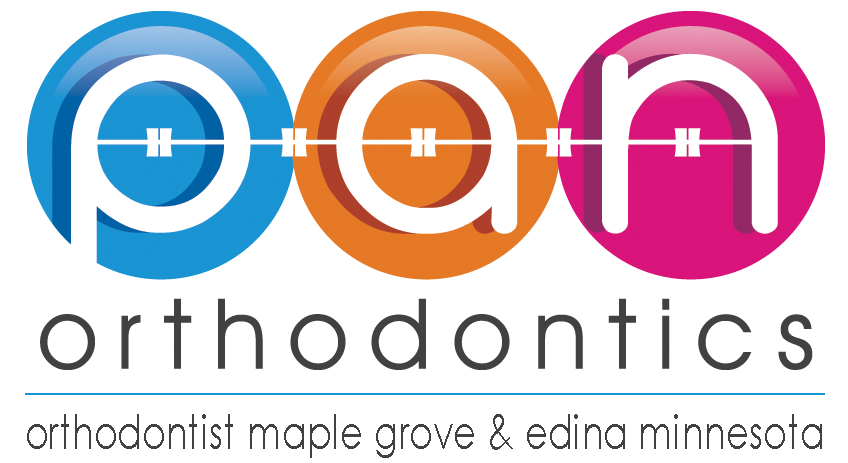Orthodontic Conditions - Overbite
An overbite is the presence of a vertical overlap of the maxillary central incisors over the mandibular central incisors. It is measured in relation to the incisal ridges. To simplify the explanation, an overbite occurs when the upper teeth stick out beyond the lower teeth.
An overbite is also commonly used to describe a Class II malocclusion. This occurs when the maxillary first molar is located anterior to the buccal groove of the mandibular first molar. Another way to explain the condition is when the lower jaw appears to be too far behind the maxilla.
Malocclusions are placed into three different categories. Class I is used for a normal bite which is accompanied by a minor overlap of the upper teeth. This is the most common type of malocclusion. Class II is used to describe a severe overbite. And class III is used to diagnose a severe underbite.
An American anthropologist, C. Loring Brace, introduced a theory that the overbite of Europeans began about 250 years ago. Brace suggested the overbite was the result of the use of a knife and fork when eating. Prior to the use of cutlery, Europeans would often use their teeth to bite off a piece of meat. When they began using knives and forks, the cutting was completed on a plate and the presence of overbites became increasingly more common. In addition, Brace researched the history of malocclusions in the Chinese. The Chinese adopted chopsticks about 900 years ago and Brace found the number of overbites increased close to the time when the new eating utensils were introduced.
Causes of an Overbite
While some overbites are hereditary, many overbites are the result of a malformed jaw. Jaws can grow in an uneven manner under the pressure of specific habits when children are young. This can result in the underdevelopment of the lower jaw and the overdevelopment of the upper jaw. Habits that are formed in early childhood, such as thumb-sucking, prolonged use of bottles or tongue-thrust can all result in an overbite. In addition, habits that are developed later in life like nail-biting, can also form an overbite.
Corrective Methods
The most common treatment method for correcting an overbite is the use of orthodontics. An orthodontist will examine the mouth and jaw positioning and then determine the best course of treatment. The orthodontist will begin by taking an x-ray of the teeth and obtaining impressions. This allows a better understanding of the alignment between the upper and lower jaws. Dental braces are typically the next step in order to straighten the teeth. The form will depend on the amount of correction required. When elastic bands or similar appliances are used, the treatment time can range from a year to two or more years. The time needed for treatment is determined by the severity of the overbite.
There is not an age limit on when it is possible to treat an overbite. However, overbites are easier to fix when children are younger because the jaws aren't fully developed. Severe overbites might require the extraction of a tooth. This will allow other teeth to more easily move into place. Other malocclusions may require a surgical procedure in order to reposition the jaw. Early intervention and treatment is critical to the long-term success of correcting an overbite. If you are concerned with your child’s bite, be sure to visit an orthodontist during their elementary years to determine the best plan of action.
Pan Orthodontics Philosophy
To treat our patients as our families and to treat others as how we want to be treated. From your first phone call to the moment your new smile is born, everything in our office is set up to ensure an excellent experience with us. We will always listen to you and improve with your suggestions.
Featuring The Latest Orthodontics Technology
Our Commitment to You
We will continue to keep up with the ever growing digital technologies to improve your orthodontic experience. We also commit to always help you find the most convenient time for your visit with us.




